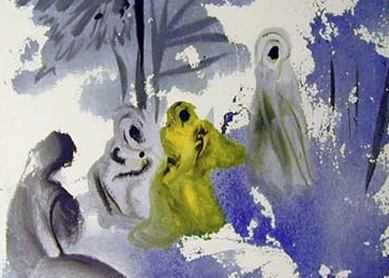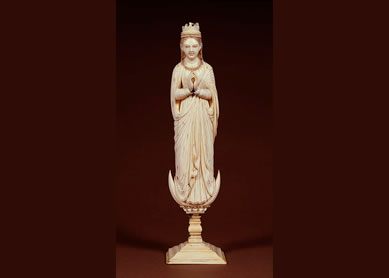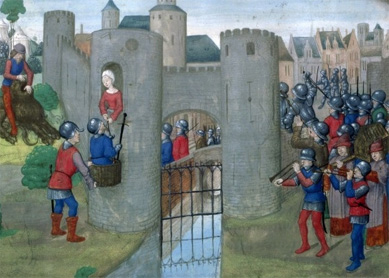How did a non-Israelite woman, best known for dressing up as a prostitute and seducing her father-in-law, become a celebrated ancestor of King David and of Jesus?
Tamar’s story is told in Gen 38. We know almost nothing of her background, except that she was chosen by Judah to be a wife for his firstborn, Er. Judah’s own wife was Canaanite (
Even though, in the world of the story, there was no Torah (because the Lord had not yet given it to Moses), most interpreters today read Tamar’s story in the light of the law of levirate marriage in
Judah gave Tamar as a wife to his two eldest sons, first Er and then Onan, but they displeased the Lord (Er was just “wicked,”
The tension is ultimately resolved not by Judah or Shelah, but by Tamar herself, who dresses as a prostitute and successfully solicits Judah, without revealing her identity. When, months later, Tamar has become mysteriously pregnant, Judah sends for her, intending that she be burned to death because her pregnancy indicated that she had “played the whore” (
What is the significance of her story for the Hebrew Bible and for the New Testament?
Tamar gives birth to twins, Perez and Zerah, and her story ends as abruptly as it began. Nevertheless, her influence lives on. Her name, and that of her son Perez, become a byword for righteousness and blessing. They are, for example, recalled toward the end of the book of Ruth by the townspeople who witness Boaz’s acquisition of Ruth as a wife (once again in a levirate context, see
There are many parallels between Tamar and Ruth. Ruth, (probably) like Tamar, was not Israelite (even worse, she was Moabite); her first husband had died childless and her seduction of Boaz on the threshing-floor in the middle of the night was not much more respectable than Tamar’s seduction of Judah. Yet Boaz, like Judah, recognized her efforts to get a son for her dead husband saying, “this last instance of your loyalty is better than the first” (
These two women, Tamar and Ruth, sexually and ethically compromised but praised by the men closest to them, are both explicitly drawn into the ancestry of King David. The book of Ruth ends with a brief toledot of Tamar’s son Perez (a list of Perez’s children and their offspring), which includes Ruth and Boaz’s son Obed and David.
The legacies of Tamar and Ruth become foundational also for the New Testament through the Gospel of Matthew. Matthew begins his gospel with a genealogy of Jesus that, most unusually for the time, includes the names of five women, including Tamar and Ruth. The others are Rahab (a Canaanite prostitute who sheltered the Israelite spies in





